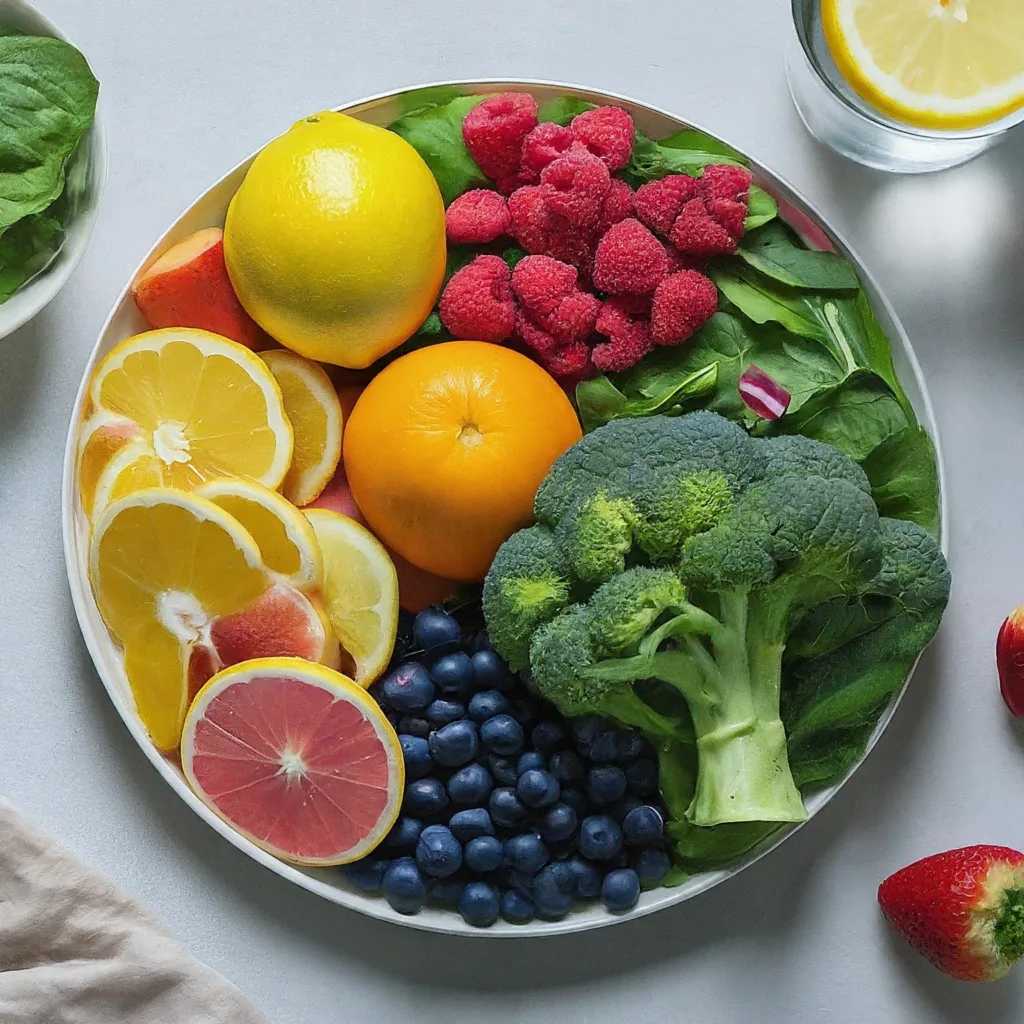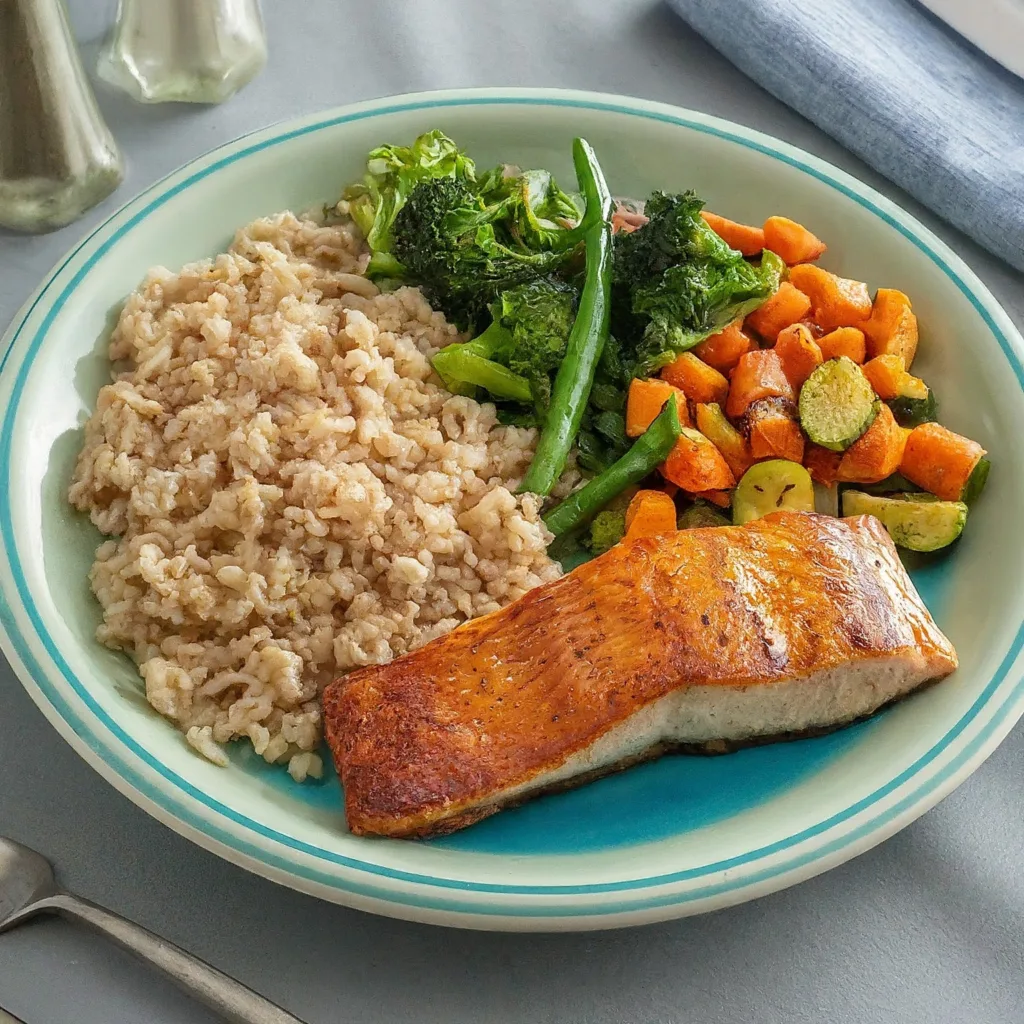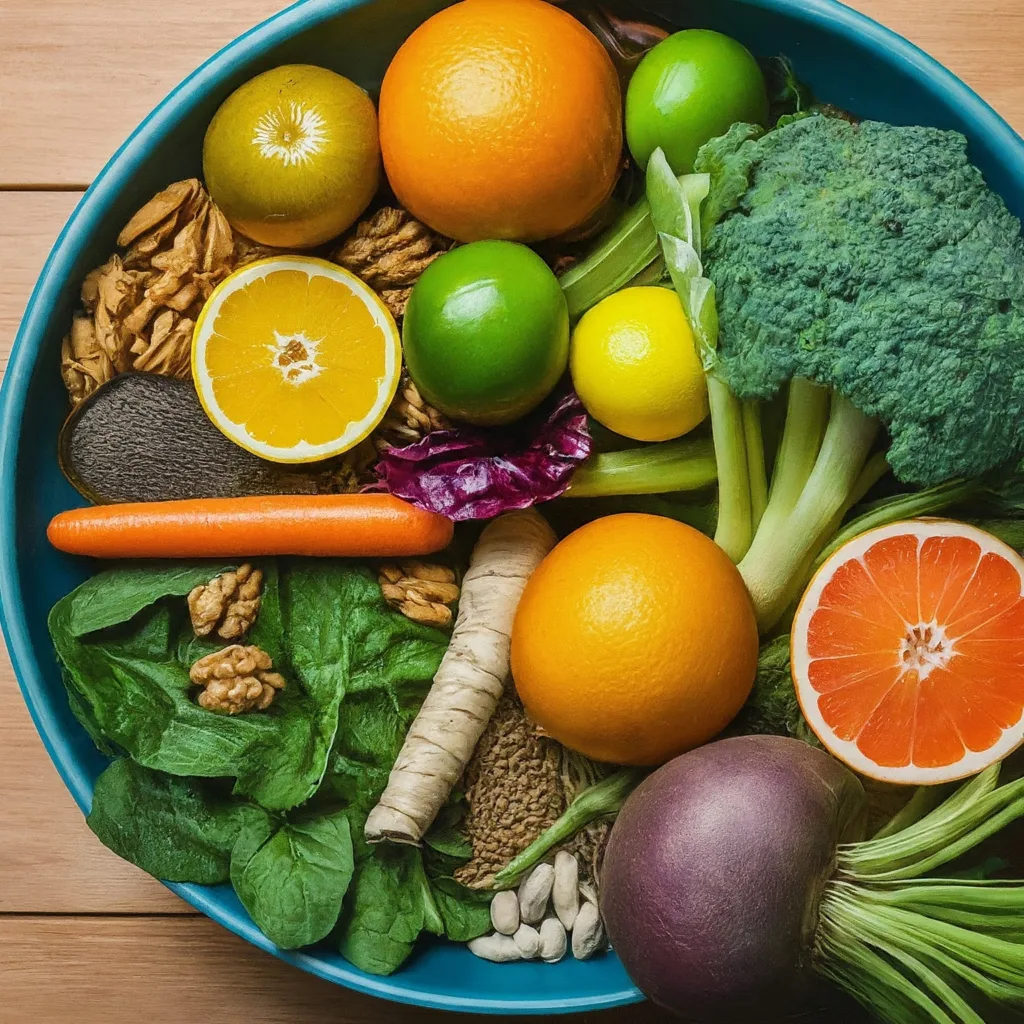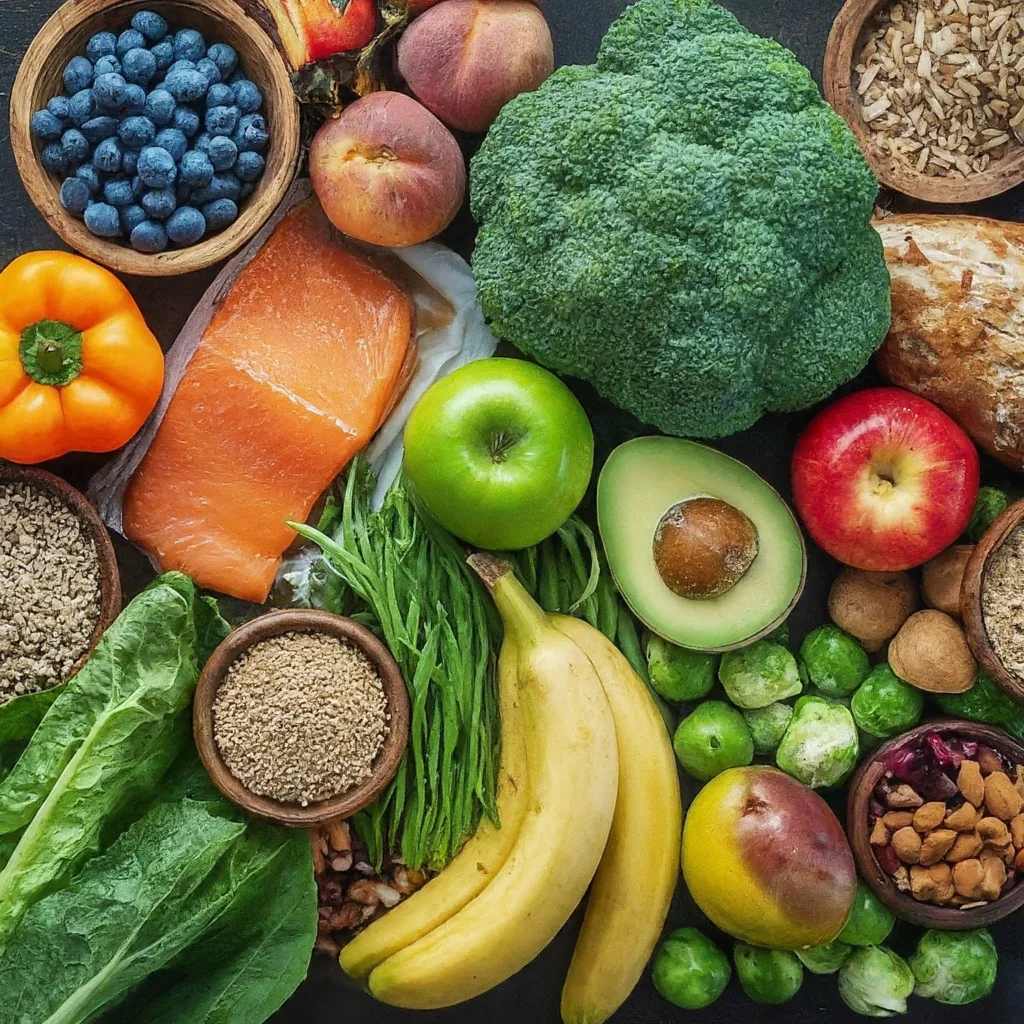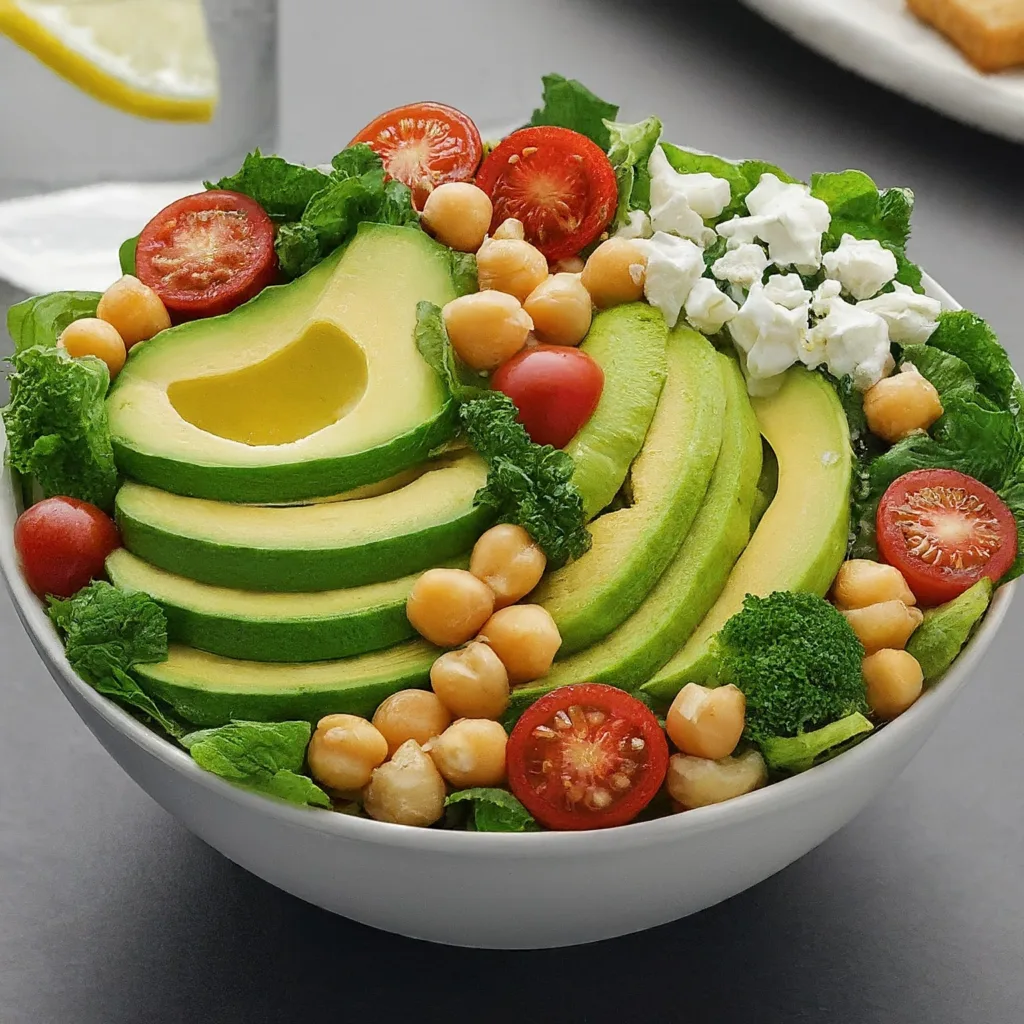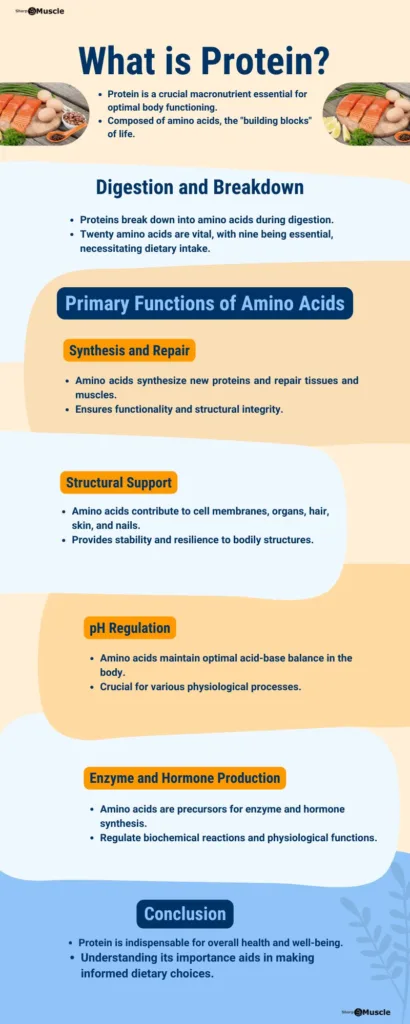In today’s food landscape, it’s no secret that many items, both food and beverage, are synonymous with “empty calories.” This term signifies calories derived from foods lacking essential nutrients, a significant concern in modern dietary practices.
Are you striving for a healthier diet? If so, you’ve likely encountered the advice to steer clear of empty calories. Understanding this concept is paramount in making informed dietary choices for better health.
When going to the aisles of grocery stores, it becomes evident that numerous packaged foods are laden with empty calories. These items offer minimal nutritional benefits, instead primarily comprising solid fats and added sugars.1 Consuming such foods can contribute to weight gain and the risk of nutrient deficiencies.
Empowering oneself with the knowledge of how to identify and distinguish empty calorie sources is key to making more mindful and healthful food choices. By recognizing these culprits, individuals can take proactive steps towards improving their overall nutritional intake.
This comprehensive article aims to delve into the concept of empty calories, shedding light on what they entail, which foods and drinks often harbor them, and offering strategies for enhancing nutritional value in one’s diet.
In This Article
What Are Empty Calories?
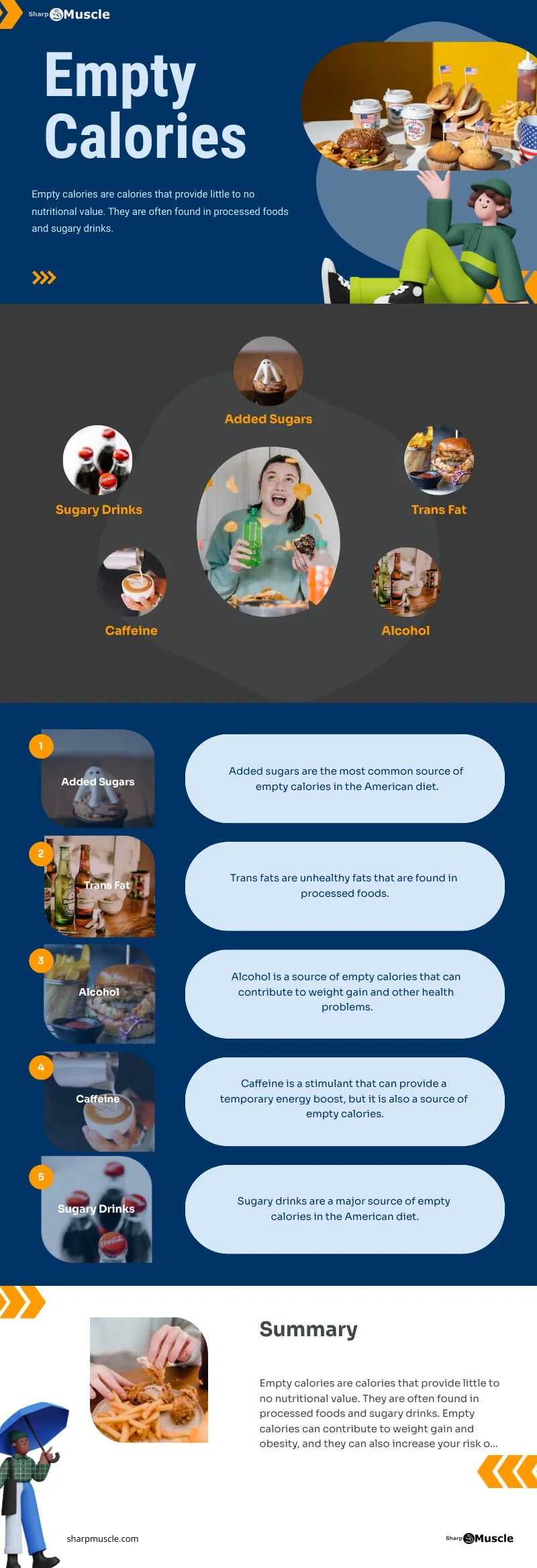
Empty calories refer to foods and beverages that provide energy primarily from added sugars or unhealthy fats while lacking essential nutrients such as vitamins, minerals, fiber, and protein.
These calories contribute to energy intake but offer little to no nutritional value, leading to an imbalance in the diet and potentially negative health consequences.
Consuming empty calorie foods and drinks regularly can contribute to weight gain, nutrient deficiencies, and an increased risk of chronic diseases such as obesity, diabetes, and heart disease.
Understanding Empty Calories
Calories serve as units representing the energy potential of food once converted within the body. While our daily intake requires a certain amount of calories, it’s vital to recognize that not all foods are created equal. Some foods not only offer calories but also essential nutrients crucial for our health, including vitamins, minerals, and antioxidants. However, when a food primarily contributes calories with little nutritional value, it’s categorized as containing “empty calories.” 2
Examples of such foods abound, ranging from carbohydrate-based desserts like cakes, cookies, and donuts, to sugary drinks such as soda and fruit juice. Additionally, certain meats like bacon and sausages, full-fat products like butter and ice-cream, processed oils including soybean and canola oil, condiments such as ketchup and barbecue sauce, fast food items like burgers and pizza, and even alcohol fall into this category. These foods offer minimal health benefits and lack the essential nutrients needed for optimal well-being.
Furthermore, foods classified as containing “empty calories” often pack excessive calorie counts, surpassing the body’s requirements for achieving or maintaining a healthy weight. Opting for nutrient-rich alternatives is not only preferable, but also essential in ensuring a balanced and healthful diet.
Research conducted in 2012 revealed that, on average, adult males consumed approximately 923 empty calories daily, while females consumed an average of 624 empty calories each day. 3
The allure of empty calories lies in their added fats and sugars, which enhance their taste and can trigger cravings among individuals.
It’s essential to note that sugar contains 4 calories per gram, fats contain 9 calories per gram, and pure alcohol contains 7 calories per gram.
An earlier study conducted in 2010 revealed that approximately 40% of the total calorie intake among children aged 2–18 in the United States consisted of empty calories. 1
Of these empty calorie sources, half were attributed to six main product types, namely soda, fruit juice, dairy desserts such as ice cream, grain desserts like muffins and cookies, pizza, and whole milk.
It’s worth noting that while whole milk falls into this category, it remains a valuable source of calcium and protein. Studies indicate that the consumption of whole milk does not pose an increased risk of obesity in children. 4 5
Furthermore, a 2020 review highlighted that the recent implementation of updated nutrition standards for school meals has significantly enhanced the quality and alignment of meals with the Dietary Guidelines for Americans. 6
Bottom line
The Impact of Empty Calories on Health
Empty calories pose significant health risks due to their lack of essential nutrients and high levels of added sugars and unhealthy fats.
Regular consumption of foods and beverages rich in empty calories can contribute to weight gain, obesity, and a range of related health issues. These may include cardiovascular diseases, type 2 diabetes, and metabolic syndrome.
Various Aspects of Health: Weight Management and Chronic Diseases
- Weight Gain and Obesity: Consuming foods and beverages laden with empty calories can contribute to weight gain and obesity. These items often pack a high calorie punch without providing the necessary nutrients to support satiety and overall health. Over time, excessive consumption of empty calorie foods can lead to an imbalance between calorie intake and energy expenditure, resulting in an unhealthy accumulation of body fat.
- Cardiovascular Diseases: The excessive intake of empty calorie foods, particularly those high in added sugars and unhealthy fats, is associated with an increased risk of cardiovascular diseases. Diets rich in empty calories can elevate levels of bad cholesterol (LDL), triglycerides, and blood pressure, while also impairing overall cardiovascular health. These factors contribute to the development of conditions such as coronary artery disease, stroke, and heart attacks.
- Type 2 Diabetes: The consumption of empty calorie foods can significantly impact blood sugar levels and insulin sensitivity, increasing the risk of type 2 diabetes. Foods high in added sugars can cause rapid spikes in blood glucose levels, leading to insulin resistance over time. Moreover, excessive calorie intake from empty calorie sources can contribute to weight gain, a known risk factor for type 2 diabetes.
- Metabolic Syndrome: Empty calorie consumption is closely linked to the development of metabolic syndrome, a cluster of conditions that increase the risk of heart disease, stroke, and type 2 diabetes. Metabolic syndrome is characterized by a combination of factors such as abdominal obesity, high blood pressure, elevated blood sugar levels, and abnormal lipid profiles. Diets rich in empty calories, particularly those high in refined carbohydrates and saturated fats, can exacerbate these risk factors and contribute to the onset of metabolic syndrome.
Bottom line
Identifying Empty Calorie Foods
Empty calorie foods are prevalent in today’s food environment, often disguised as enticing options that offer little to no nutritional value. Recognizing these empty calorie sources is crucial for making informed dietary choices and promoting overall health. And choosing nutrient-dense alternatives and prioritizing whole, unprocessed foods can help optimize nutritional intake and support long-term well-being.
Reading Food Labels for Empty Calories
Reading labels of food is essential for identifying empty calorie sources and making informed dietary choices. Understanding how to interpret food labels can empower individuals to select nutrient-dense options and steer clear of empty calorie traps.
Key things to look for when reading food labels for empty calories include:
- Added Sugars: Check the ingredients list for sources of added sugars such as sucrose, high fructose corn syrup, and dextrose. Be mindful of foods with high sugar content, as they often contribute empty calories without offering significant nutritional value.
- Unhealthy Fats: Pay attention to the type and amount of fats listed on the label. Avoid foods high in saturated and trans fats, as they can contribute to empty calorie consumption and adverse health effects.
- Serving Size: Be mindful of the serving size indicated on the label, as it can influence the calorie and nutrient content of the food. Adjust portion sizes accordingly to avoid overconsumption of empty calories.
- Nutrient Content: Assess the nutrient content of the food to determine its overall nutritional value. Look for foods that are rich in vitamins, minerals, fiber, and protein while low in added sugars and unhealthy fats.
- % Daily Value: Use the % Daily Value (%DV) listed on the label as a guide to assess the nutritional adequacy of the food. Aim for foods with higher %DV for essential nutrients and lower %DV for added sugars and unhealthy fats.
Bottom line
Common Misconceptions about Empty Calories
Empty calories are a topic often surrounded by misconceptions and misunderstandings. Here are some common misconceptions about empty calories:
1. All Calories Are Equal
One common misconception is that all calories are created equal, regardless of their source.
While it’s true that calories provide energy, not all foods offer the same nutritional value. Empty calorie foods provide calories but lack essential nutrients, contributing to an imbalanced diet and potential health issues.
2. Cutting Calories Leads to Weight Loss
While reducing calorie intake can contribute to weight loss, focusing solely on calorie restriction without considering the nutritional quality of foods can be counterproductive.
Empty calorie foods may be low in calories, but they often fail to provide the nutrients necessary for sustained energy levels and overall health. Instead, prioritizing nutrient-dense foods can support weight loss efforts while promoting optimal health.
3. Carbohydrates Are Always Empty Calories
Carbohydrates are often demonized as sources of empty calories, particularly refined carbohydrates found in sugary snacks and processed foods.
However, not all carbohydrates are empty calories. Whole grains, fruits, and vegetables are examples of carbohydrate-rich foods that provide essential nutrients and fiber, making them valuable components of a healthy diet.
4. Fat-Free Foods Are Always Healthy
Many fat-free or low-fat foods are marketed as healthier alternatives, but they may still contain significant amounts of added sugars and other empty calorie ingredients to enhance flavor.
Additionally, some fats, such as those found in nuts, seeds, and avocados, are essential for overall health and should not be avoided entirely.
5. Empty Calories Only Come from Junk Food
While many empty calorie sources are commonly associated with junk food, such as sugary snacks and fried foods, they can also be found in seemingly healthier options.
For example, certain fruit juices and flavored yogurts may contain added sugars, contributing to their empty calorie status. It’s essential to read food labels and choose nutrient-dense options whenever possible.
The Psychology of Empty Calorie Consumption
Empty calorie consumption is often influenced by psychological factors that contribute to cravings, overeating, and unhealthy food choices.
Key aspects of the psychology of empty calorie consumption include:
- Cravings and Reward System: Empty calorie foods are often designed to be highly palatable, triggering cravings and activating the brain’s reward system. The combination of sugar, fat, and salt in these foods can stimulate dopamine release, leading to feelings of pleasure and satisfaction. As a result, individuals may find themselves craving these foods and engaging in excessive consumption, even when not hungry.
- Emotional Eating: Many people turn to empty calorie foods as a form of emotional coping mechanism, seeking comfort or relief from stress, boredom, sadness, or other negative emotions. Emotional eating can lead to mindless overeating and reliance on unhealthy food choices to regulate mood and emotions.
- Social and Environmental Influences: Social and environmental factors also play a significant role in empty calorie consumption. Social gatherings, celebrations, and cultural norms often revolve around food, leading individuals to indulge in empty calorie-rich foods in social settings. Additionally, the omnipresence of fast food outlets, vending machines, and convenience stores makes it easy to access and consume empty calorie foods on a regular basis.
- Habitual Behaviors: Over time, repeated consumption of empty calorie foods can become ingrained as habitual behaviors, making it challenging to break free from unhealthy eating patterns. Habits such as snacking while watching TV or reaching for sugary drinks throughout the day can perpetuate empty calorie consumption without conscious awareness.
- Psychological Stressors: Psychological stressors such as time constraints, financial pressures, and work-related stress can also influence empty calorie consumption. In times of stress, individuals may prioritize convenience and comfort over nutritional value, leading to increased consumption of empty calorie foods.
Bottom line
Creating a Balanced Diet
To achieve and maintain a balanced diet incorporate a variety of nutrient-dense foods into daily meals, so you can ensure receive the essential nutrients needed for optimal functioning.
Here are key considerations for creating a balanced diet:
- Variety. Including a diverse range of foods from all food groups ensures a broad spectrum of essential nutrients. Aim to incorporate fruits, vegetables, whole grains, lean proteins, and healthy fats into your meals to provide a comprehensive array of vitamins, minerals, antioxidants, and other beneficial compounds.
- Portion Control. Paying attention to portion sizes is crucial for maintaining a balanced diet and preventing overeating. Use mindful eating practices to tune into hunger and fullness cues, and aim to consume appropriate portion sizes to meet your nutritional needs without excess calories.
- Moderation. While no foods are off-limits in a balanced diet, moderation is key. Enjoying occasional treats and indulgences is part of a healthy relationship with food, but excessive consumption of empty calorie foods can detract from overall nutritional quality.
- Whole Foods. Prioritize whole, minimally processed foods over highly processed and refined options. Whole foods retain their natural nutrients and fiber content, offering superior nutritional value compared to processed alternatives.
- Hydration. Staying adequately hydrated is essential for supporting overall health and well-being. Aim to drink plenty of water throughout the day and limit sugary beverages and excessive caffeine intake, which can contribute to empty calorie consumption.
- Meal Planning. Planning and preparing meals in advance can help ensure a balanced diet throughout the week. Consider incorporating a variety of colors, flavors, and textures into your meals to make eating enjoyable and satisfying.
- Mindful Eating. Practicing mindful eating involves paying attention to the sensory experience of eating and being fully present during meals. This can help foster a greater appreciation for food, enhance satisfaction, and prevent mindless overeating.
Healthy Alternatives to Empty Calorie Foods
When seeking to make healthier dietary choices, it’s essential to replace empty calorie foods with nutrient-dense alternatives that nourish the body.
While some foods, such as fresh produce, may not bear labels, it’s crucial to understand how to interpret food labels for those that do. Look for terms like “no sugar added,” “low fat,” or “a low-calorie food” approved by the Food and Drug Administration (FDA). Foods bearing these labels must adhere to specific guidelines, ensuring they undergo minimal processing, alteration, or reformulation.
One effective strategy for incorporating more nutritious foods into your diet is to adopt the “eat the rainbow” approach. This straightforward method entails diversifying your meals by consuming a spectrum of colorful fruits and vegetables.
For instance, you might focus on red and orange foods one day, such as apples, oranges, and carrots. The next day, explore yellow options like peppers, squash, and kale, followed by blue and purple choices like blueberries and blackberries.
Don’t overlook white foods, as they also offer valuable nutrients and flavor; consider incorporating bananas, cauliflower, and parsnips into your meals for added variety and nutrition.
Here are some healthy alternatives to common empty calorie foods:
- Instead of sugary snacks like candy bars and cookies, opt for:
- Fresh fruits such as berries, apples, oranges, and bananas
- Dried fruits like apricots, raisins, and figs (in moderation)
- Unsweetened Greek yogurt with a drizzle of honey or fresh fruit
- Instead of sugary beverages like soda and fruit juice, choose:
- Water infused with lemon, cucumber, or mint for added flavor
- Herbal teas without added sugar or artificial sweeteners
- Sparkling water with a splash of 100% fruit juice for a fizzy treat
- Instead of fried foods like french fries and potato chips, try:
- Baked sweet potato fries seasoned with herbs and spices
- Air-popped popcorn sprinkled with nutritional yeast or cinnamon
- Oven-baked vegetable chips made from thinly sliced carrots, beets, or kale
- Instead of high-fat desserts like ice cream and cake, consider:
- Frozen banana slices blended into creamy “nice” cream
- Chia seed pudding made with unsweetened almond milk and fresh fruit toppings
- Homemade fruit sorbet made with frozen berries and a touch of honey
- Instead of processed meats like bacon and sausage, opt for:
- Lean protein sources such as grilled chicken breast, turkey breast, or fish
- Plant-based protein alternatives like tofu, tempeh, or lentils
- Homemade veggie burgers made with beans, quinoa, and vegetables
- Instead of refined grains like white bread and white rice, choose:
- Whole grain options such as whole wheat bread, brown rice, quinoa, and oats
- Ancient grains like farro, barley, and bulgur for added variety and nutrition
- Whole grain pasta or noodles made from whole wheat, brown rice, or legumes
Tips for Reducing Empty Calorie Intake: The Healthy Eating Habits
Reducing empty calorie intake is a crucial step towards fostering a healthier diet and lifestyle. By implementing simple yet effective strategies, you can gradually decrease your consumption of empty calorie foods and improve your overall nutritional intake.
Here are some tips to help you get started:
- Read Food Labels: Take the time to carefully read food labels and ingredients lists when grocery shopping. Look for terms like “low sugar,” “low fat,” or “whole grain” to identify nutrient-dense options and avoid products high in empty calories.
- Cook at Home: Cooking homemade meals allows you to control the ingredients and cooking methods used, reducing the likelihood of consuming empty calorie foods. Experiment with healthy recipes using fresh, whole ingredients to create delicious and nutritious meals.
- Practice Portion Control: Be mindful of portion sizes when eating meals and snacks. Avoid oversized servings of empty calorie foods and instead focus on balanced portions that include a variety of nutrient-dense foods.
- Choose Whole Foods: Opt for whole, unprocessed foods whenever possible. Incorporate plenty of fruits, vegetables, whole grains, lean proteins, and healthy fats into your diet to ensure you’re getting essential nutrients without excess empty calories.
- Stay Hydrated: Drink plenty of water throughout the day to stay hydrated and prevent thirst from being mistaken for hunger. Avoid sugary beverages like soda and fruit juice, which contribute to empty calorie consumption.
- Plan Ahead: Plan your meals and snacks in advance to avoid impulse purchases of empty calorie foods. Stock your kitchen with healthy options like fresh produce, nuts, seeds, and whole grain snacks to curb cravings and promote better food choices.
- Practice Mindful Eating: Pay attention to your body’s hunger and fullness cues while eating. Slow down and savor each bite, focusing on the flavors and textures of your food. Avoid mindless eating in front of the TV or computer, which can lead to overconsumption of empty calorie snacks.
By incorporating these tips into your daily routine, you can gradually reduce your intake of empty calorie foods and move towards a more balanced and nutritious diet. Remember that small changes add up over time, so be patient and persistent in your efforts to improve your healthy eating habits.
Key Takeaways
Empty calorie foods may already be lurking in your pantry, but moderation is key. According to the United States Department of Agriculture, it’s okay to include some empty calories in your diet, but it’s important to keep them in check. Aim to limit your intake to 75 calories or fewer of these foods per day. Alternatively, consider reducing the frequency of consumption to once a week or opting for smaller portions.
To make healthier choices, try swapping empty calorie options for more nutritious alternatives:
- Choose low-fat cheese over full-fat varieties.
- Opt for plain yogurt with fresh fruit instead of sweetened yogurt.
- Select no-added sugar cereal instead of sweetened varieties.
- Replace sugary sodas and fruit drinks with plain water.
- Snack on high-fiber popcorn instead of cookies.
- Enjoy dehydrated vegetables, crunchy beans, or dried seaweed instead of potato chips.
Making these smart swaps not only helps you cut back on empty calories but also allows you to indulge in delicious and nutritious alternatives. For instance, if you’re craving the taste of a strawberry milkshake, consider whipping up a fruit smoothie with wholesome ingredients.
Try this strawberry-banana smoothie recipe, boasting just 298 calories per serving. With 13 grams of protein, 6 grams of dietary fiber, and only 4 gram of fat, it provides a satisfying and nutrient-rich option. Plus, the 39 grams of sugars come from natural sources rather than added syrups, making it a healthier indulgence.
- Reedy J, Krebs-Smith SM. “Dietary sources of energy, solid fats, and added sugars among children and adolescents in the United States.” J Am Diet Assoc. 2010 Oct;110(10):1477-84. doi: 10.1016/j.jada.2010.07.010. PMID: 20869486; PMCID: PMC3428130.[↩][↩]
- Understanding empty calories. (2016, June 16). Harvard Health. https://www.health.harvard.edu/staying-healthy/understanding-empty-calories.[↩]
- Snacking Associated with Increased Calories, Decreased Nutrients : USDA ARS. (n.d.). https://www.ars.usda.gov/news-events/news/research-news/2012/snacking-associated-with-increased-calories-decreased-nutrients.[↩]
- Vanderhout SM, Aglipay M, Torabi N, Jüni P, da Costa BR, Birken CS, O’Connor DL, Thorpe KE, Maguire JL. “Whole milk compared with reduced-fat milk and childhood overweight: a systematic review and meta-analysis.” Am J Clin Nutr. 2020 Feb 1;111(2):266-279. doi: 10.1093/ajcn/nqz276. PMID: 31851302; PMCID: PMC6997094.[↩]
- Spence LA, Cifelli CJ, Miller GD. “The Role of Dairy Products in Healthy Weight and Body Composition in Children and Adolescents.” Curr Nutr Food Sci. 2011 Feb;7(1):40-49. doi: 10.2174/157340111794941111. PMID: 22299005; PMCID: PMC3267168.[↩]
- Gearan EC, Fox MK. “Updated Nutrition Standards Have Significantly Improved the Nutritional Quality of School Lunches and Breakfasts.” J Acad Nutr Diet. 2020 Mar;120(3):363-370. doi: 10.1016/j.jand.2019.10.022. Epub 2020 Jan 13. PMID: 31948795.[↩]


